Walking
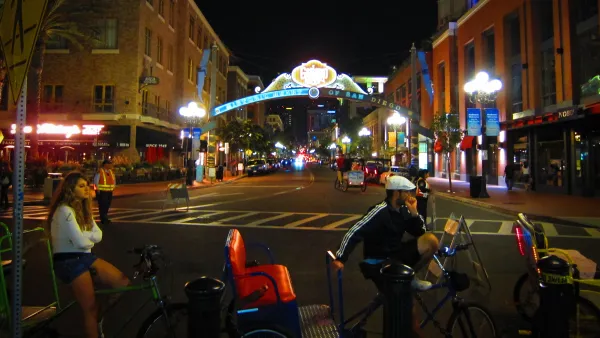
San Diego's Bold New Plan for Downtown Cyclists and Walkers
San Diego's downtown, dominated by 3-lane one-way streets engineered to maximize car velocity and traffic flow, may be getting redesigned to make it hospitable for bicyclists and pedestrians.
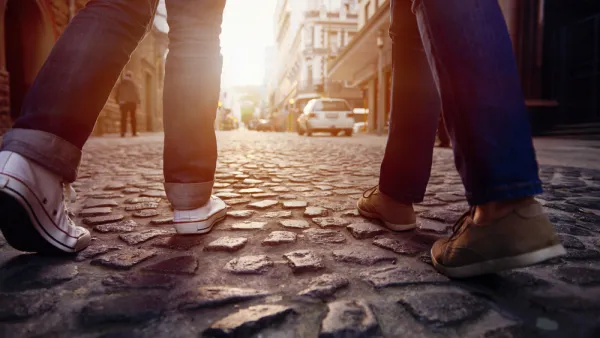
Reading List: Walking in the City
Sometimes, city walks can mean more than just getting from place to place. Author and book critic David Ulin discusses his favorite accounts of that rich experience.
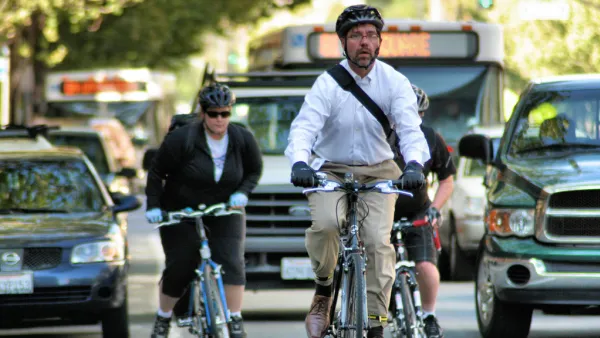
How Commutes Influence Happiness, Health
More evidence is piling up that commuting by anything but private automobile can increase happiness, social capital, and health.
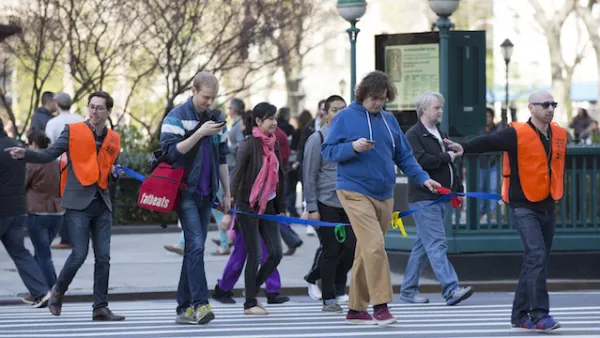
Distracted Walking: Finally, Some Hard Data
It's serious, and the data is surprising. You need not be a pedestrian to experience injury while walking using your cell phone: half of all injuries occurred in the home. Two thirds of all walking-using-cell phone injuries were females.
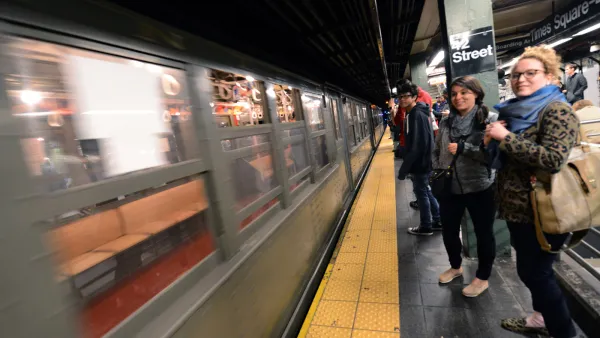
The Most Popular Forms of Alternative Transportation
When it comes to the Census, the term "alternative transportation" makes perfect sense. Eric Jaffe looks at the 15 metropolitan areas with the lowest auto commuting and describes the most popular alternatives.
Caltrans Sets Ambitious Targets for Alternative Transportation
Following a string of developments in 2014 pushing the California Department of Transportation (Caltrans) toward more multi-modal planning, a new Strategic Management Plan lays out ambitious goals for the increased use of alternative modes.
Friday Eye Candy: A Satellite View of the Country's Winter Blanket
We know not everyone is pleased with the winter right now, but there's no denying the beauty of the United States when it's covered in snow.
Urban Mobility Plans Key To More Efficient and Integrated Planning
"Urban Mobility Plans – National Approaches and Local Practice," a new guidebook by the Sustainable Urban Transportation Project, describes specific policies and planning practices to maximize urban transport system efficiency.

Eight Ways Planners Can Rest and Rejuvenate
Few people escape on-the-job stress, but LA County Planner Clement Lau has some tips for his cohorts designed to help them recover from the pressures of work.
Great Literature and the Value of Thinking While Walking
An article in The New Yorker examines the many benefits granted the life of the mind through the act of walking.

Let Our Children Walk
Many Americans believe children should not be free to walk alone, because of crime and traffic. But children constantly driven around by their parents or locked away at home are also subject to significant risks.
How Apps Can Help Track How Angelenos Move
In a review of the iPhone app Human, Los Angeles County planner Clement Lau examines how the daily movement of residents can be measured.
Filtering Permeability With Traffic Diverters
Traffic diverters can be designed as a hybrid of permeable greenways and woonerfs to make walking and biking easier, safer, and even more pleasant than driving.
Study: Active Commutes Correlate to Positive Public Health Outcomes
The Alliance for Biking and Walking’s 2014 Benchmarking report found a strong correlation between active commuting rates and health outcomes like diabetes, obesity, and high blood pressure.
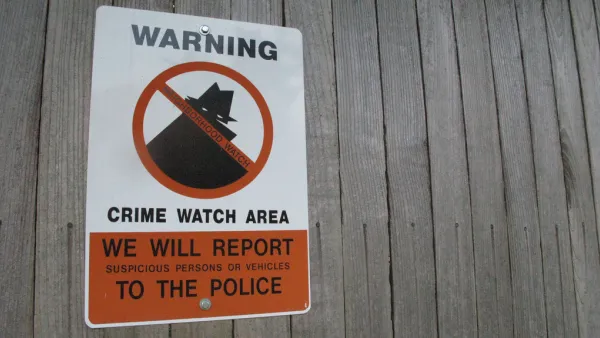
One Failure of Suburbia
Are suburbanites less fearful of crime than city-dwellers? Maybe not.

What Makes San Diego Walkers Stop So Much?
San Diego's downtown street grid features smaller blocks than almost all other major U.S. cities. Small blocks mean more intersections, less distance between them, and a lot of interrupted bipedaling. Bill Adams reviews some potential fixes.
A Suburb that Makes Walking to School a Priority
It's no accident that the Cleveland suburb of Lakewood is one of the few school districts in Ohio without buses. Choices made by planners, parents, and school officials have preserved the inner-ring suburb as a “walking school district.”
L.A. Police Prioritize Penalizing Pedestrians
By expanding its transit and cycling infrastructure and creating pedestrian-friendly streets, L.A. is improving access to alternative forms of transportation. But in the city's most walkable area, police are out to prove the car is still king.
Why Has It Taken 21 Years for D.C. to Build a Bike Path?
It's been 21 years (and counting) since D.C. developed plans to build the Metropolitan Branch Trail's eight mile northern segment. The delayed project threatens the city's goal of increasing the proportion of biking and walking trips to 25 percent.
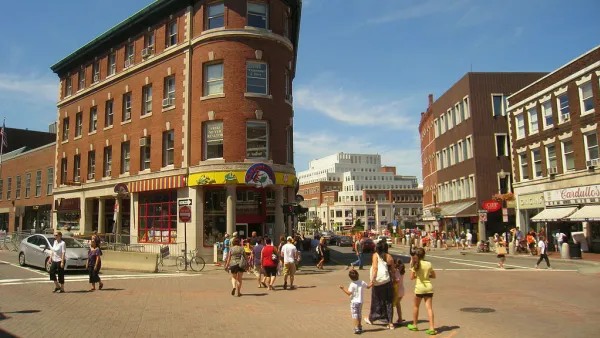
Census Data Shows Which Cities Encourage the Most Walking
Multiple metrics have been developed to measure which areas are the most friendly to pedestrians. But by looking at Census Data on commuting patterns, one can glean which city's residents are making the most of their "walkable" environs.
Pagination
Urban Design for Planners 1: Software Tools
This six-course series explores essential urban design concepts using open source software and equips planners with the tools they need to participate fully in the urban design process.
Planning for Universal Design
Learn the tools for implementing Universal Design in planning regulations.
EMC Planning Group, Inc.
Planetizen
Planetizen
Mpact (formerly Rail~Volution)
Great Falls Development Authority, Inc.
HUDs Office of Policy Development and Research
NYU Wagner Graduate School of Public Service


































